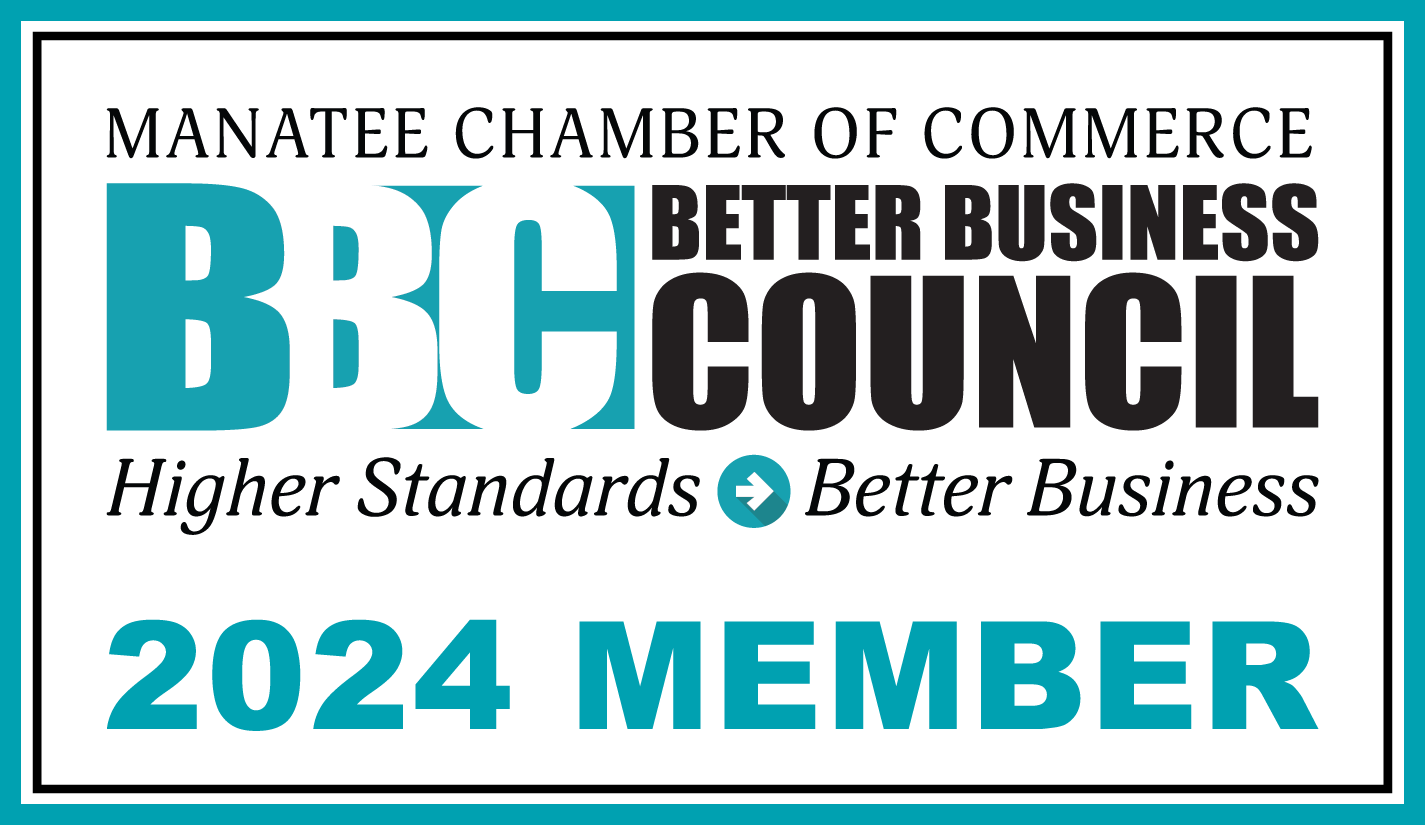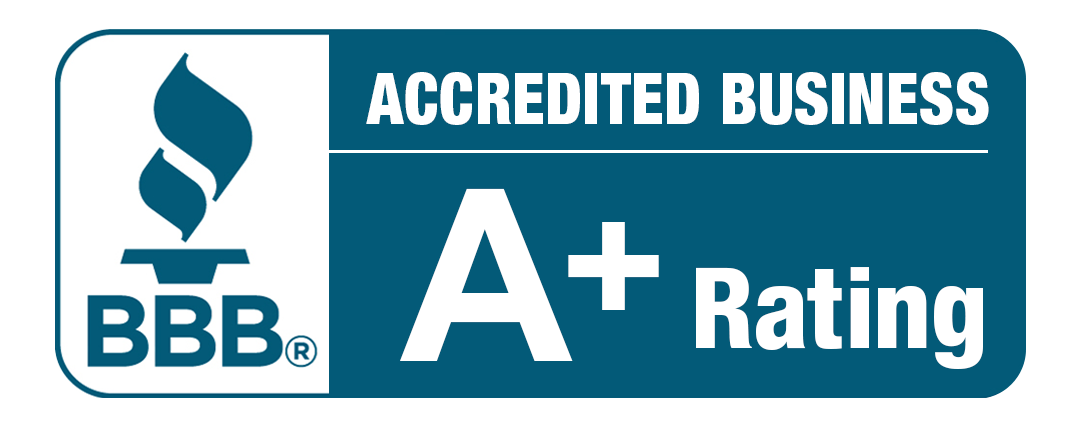Building a luxury custom home is exciting – and as the future homeowner, you likely have a clear vision of how you want the end product to look. Effective communication with your custom home builder is essential for your dream to become a reality that meets all your expectations.
Clear and consistent dialogue with your custom home builder ensures that your vision is understood, potential issues are addressed promptly, and the project stays on track. Here are some expert tips on communicating effectively with your custom home builder.
1. Establish Clear Objectives and Expectations
Before the project begins, set clear objectives and expectations with your builder. Define your vision for the home, including architectural style, design preferences, and any specific features you want. Be as detailed as possible—provide sketches, inspiration photos, or references to help convey your ideas. This initial clarity helps prevent misunderstandings and ensures that both you and the builder are aligned from the start.
2. Choose the Right Communication Channels
Determine the most effective communication channels for both you and your builder. This could include face-to-face meetings, phone calls, emails, or project management software. Establishing preferred methods for routine updates and urgent issues helps streamline communication and ensures that messages are received and addressed in a timely manner.
3. Schedule Regular Updates
Set up a schedule for regular updates and progress meetings. Regular check-ins—whether weekly or bi-weekly—allow you to review the progress of the build, discuss any concerns, and make decisions on outstanding issues. These meetings also provide an opportunity to review the project timeline, budget, and any changes that may have occurred. Consistent updates help maintain momentum and keep the project on track.
4. Document Everything
Keep detailed records of all communications, decisions, and changes. Written documentation is crucial for clarity and accountability. This includes email exchanges, meeting notes, change orders, and any other relevant documents. Having a paper trail helps resolve disputes and ensures that everyone is on the same page regarding agreements and modifications.
5. Be Specific and Detailed
When discussing changes or issues, be specific and detailed. Vague instructions or general comments can lead to misunderstandings and potential errors. For example, instead of saying “I want the kitchen to look better,” specify exactly what you want to change—such as the type of cabinetry, countertop material, or layout adjustments. Clear, detailed communication minimizes the risk of misinterpretation and ensures that your requests are accurately implemented.
6. Be Open to Professional Advice
While it’s important to communicate your preferences and requirements, be open to your builder’s professional advice. Reputable, established builders have extensive experience and may offer valuable insights or suggestions that can enhance the functionality, aesthetics, or efficiency of your home. Listen to their recommendations and consider how they align with your goals. A collaborative approach often leads to better outcomes and innovative solutions – especially if they offer alternatives you hadn’t considered.
7. Address Issues Promptly
If issues or concerns arise, address them promptly. Delaying discussions about problems can lead to complications and potential cost increases. If you notice something that doesn’t meet your expectations or a discrepancy from the plan, bring it to the builder’s attention as soon as possible. Early intervention allows for quicker resolution and prevents minor issues from escalating.
8. Manage Expectations and Flexibility
Construction projects often involve unforeseen challenges or changes, and everything may not go as planned. Supply chain issues or weather delays, for instance, are outside of the builder’s control but may prolong the work. Maintain a flexible attitude and be prepared for adjustments. Work with your builder to find practical solutions and manage your expectations regarding timelines and costs. A cooperative approach helps foster a positive working relationship and keeps the project moving smoothly.
9. Foster a Collaborative Relationship
One of the best things you can do is build a collaborative and respectful relationship with your builder. Approach conversations with a problem-solving mindset rather than an adversarial one. A positive relationship encourages open dialogue and mutual respect, making navigating challenges easier and ensuring a successful project outcome.
10. Review and Confirm Key Decisions
Before finalizing any significant decisions or changes, review and confirm them in writing. This includes design changes, material selections, and budget adjustments. Confirming these details ensures that there’s no ambiguity and that all parties agree on the modifications. This practice helps prevent misunderstandings and ensures your vision is accurately reflected in the final build.
Conclusion
Open, honest, and timely communication helps prevent misunderstandings, resolves issues efficiently, and ultimately leads to the successful realization of your dream home. At Bruce Williams Homes, we have worked with clients for over five decades to bring their dreams to life. Call today to learn more about our history, process, and mission.
Building a luxury custom home is exciting – and as the future homeowner, you likely have a clear vision of how you want the end product to look. Effective communication with your custom home builder is essential for your dream to become a reality that meets all your expectations.
Clear and consistent dialogue with your custom home builder ensures that your vision is understood, potential issues are addressed promptly, and the project stays on track. Here are some expert tips on communicating effectively with your custom home builder.
1. Establish Clear Objectives and Expectations
Before the project begins, set clear objectives and expectations with your builder. Define your vision for the home, including architectural style, design preferences, and any specific features you want. Be as detailed as possible—provide sketches, inspiration photos, or references to help convey your ideas. This initial clarity helps prevent misunderstandings and ensures that both you and the builder are aligned from the start.
2. Choose the Right Communication Channels
Determine the most effective communication channels for both you and your builder. This could include face-to-face meetings, phone calls, emails, or project management software. Establishing preferred methods for routine updates and urgent issues helps streamline communication and ensures that messages are received and addressed in a timely manner.
3. Schedule Regular Updates
Set up a schedule for regular updates and progress meetings. Regular check-ins—whether weekly or bi-weekly—allow you to review the progress of the build, discuss any concerns, and make decisions on outstanding issues. These meetings also provide an opportunity to review the project timeline, budget, and any changes that may have occurred. Consistent updates help maintain momentum and keep the project on track.
4. Document Everything
Keep detailed records of all communications, decisions, and changes. Written documentation is crucial for clarity and accountability. This includes email exchanges, meeting notes, change orders, and any other relevant documents. Having a paper trail helps resolve disputes and ensures that everyone is on the same page regarding agreements and modifications.
5. Be Specific and Detailed
When discussing changes or issues, be specific and detailed. Vague instructions or general comments can lead to misunderstandings and potential errors. For example, instead of saying “I want the kitchen to look better,” specify exactly what you want to change—such as the type of cabinetry, countertop material, or layout adjustments. Clear, detailed communication minimizes the risk of misinterpretation and ensures that your requests are accurately implemented.
6. Be Open to Professional Advice
While it’s important to communicate your preferences and requirements, be open to your builder’s professional advice. Reputable, established builders have extensive experience and may offer valuable insights or suggestions that can enhance the functionality, aesthetics, or efficiency of your home. Listen to their recommendations and consider how they align with your goals. A collaborative approach often leads to better outcomes and innovative solutions – especially if they offer alternatives you hadn’t considered.
7. Address Issues Promptly
If issues or concerns arise, address them promptly. Delaying discussions about problems can lead to complications and potential cost increases. If you notice something that doesn’t meet your expectations or a discrepancy from the plan, bring it to the builder’s attention as soon as possible. Early intervention allows for quicker resolution and prevents minor issues from escalating.
8. Manage Expectations and Flexibility
Construction projects often involve unforeseen challenges or changes, and everything may not go as planned. Supply chain issues or weather delays, for instance, are outside of the builder’s control but may prolong the work. Maintain a flexible attitude and be prepared for adjustments. Work with your builder to find practical solutions and manage your expectations regarding timelines and costs. A cooperative approach helps foster a positive working relationship and keeps the project moving smoothly.
9. Foster a Collaborative Relationship
One of the best things you can do is build a collaborative and respectful relationship with your builder. Approach conversations with a problem-solving mindset rather than an adversarial one. A positive relationship encourages open dialogue and mutual respect, making navigating challenges easier and ensuring a successful project outcome.
10. Review and Confirm Key Decisions
Before finalizing any significant decisions or changes, review and confirm them in writing. This includes design changes, material selections, and budget adjustments. Confirming these details ensures that there’s no ambiguity and that all parties agree on the modifications. This practice helps prevent misunderstandings and ensures your vision is accurately reflected in the final build.
Conclusion
Open, honest, and timely communication helps prevent misunderstandings, resolves issues efficiently, and ultimately leads to the successful realization of your dream home. At Bruce Williams Homes, we have worked with clients for over five decades to bring their dreams to life. Call today to learn more about our history, process, and mission.






